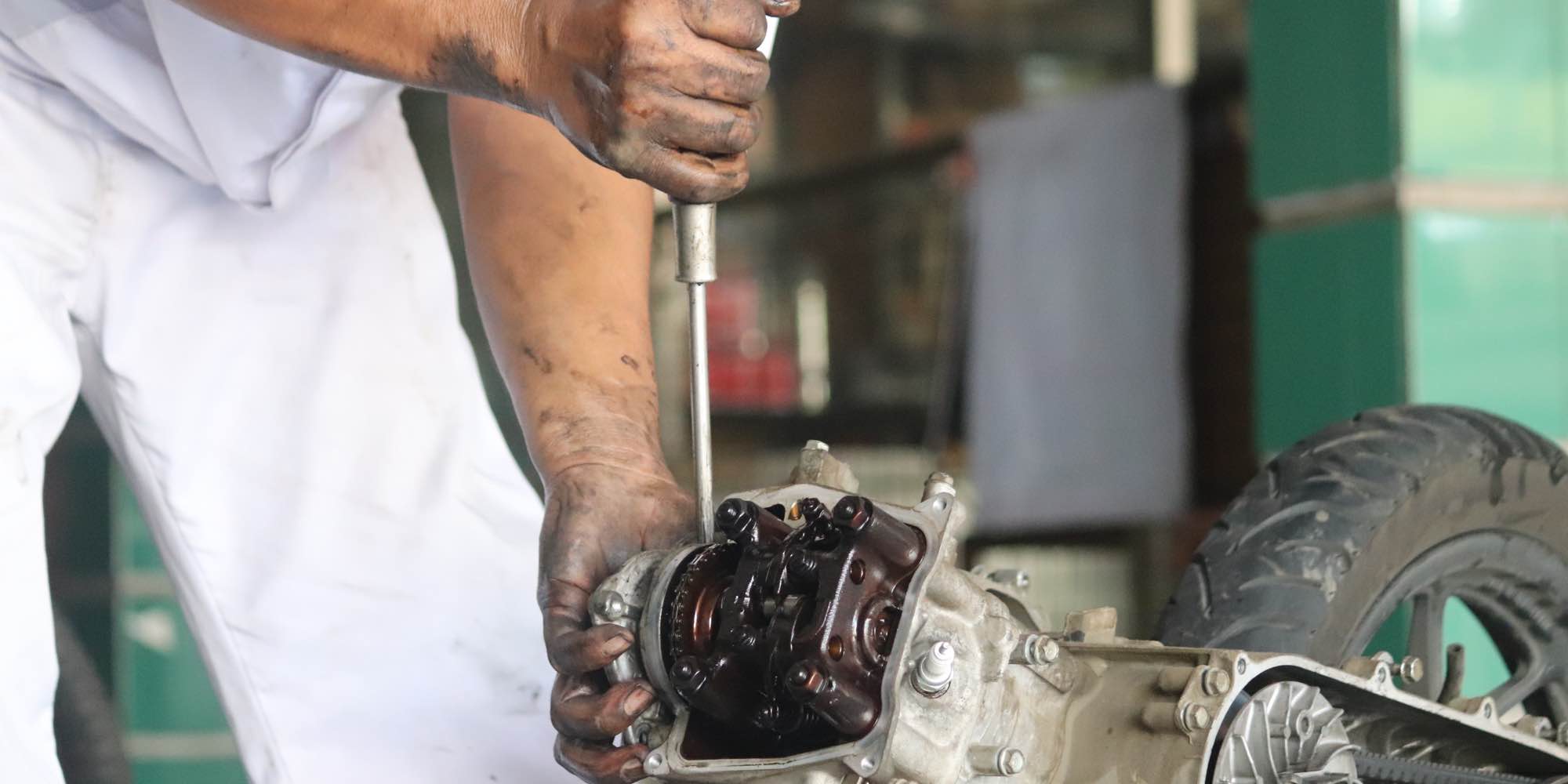
So You've Got Custom Software: A Beginner's Guide to Maintenance
As a software developer who specializes in custom business solutions, I understand the importance of not only developing software that meets business needs but also maintaining it over time. In this article, I will discuss why software maintenance is crucial, how much it costs, and how long you need to maintain custom software. I will also explore who should maintain the software, what maintenance entails, and the consequences of neglecting it. Additionally, I will touch on the impact of software maintenance on custom business solutions and how the agile methodology supports it.
Why is software maintenance important?
Software maintenance is the process of modifying and updating software after it has been deployed to ensure it continues to meet the changing needs of the business and it’s operating environment. This is important because software, like any other tool, can become outdated, inefficient, or even harmful if not maintained properly. Here are three reasons why software maintenance is crucial:
- Preventing issues before they occur: By proactively maintaining software, you can prevent issues before they occur. This saves time, money, and resources that would otherwise be spent on fixing the problem later.
- Ensuring the software meets business needs: Businesses are constantly evolving, and so too are their needs. Maintaining software ensures that it continues to meet the changing needs of the business.
- Improving the software’s performance and functionality: By maintaining software, you can identify and fix bugs, add new features, and improve its overall performance and functionality.
- Security: Even if the custom software is perfect (it isn’t), and never changes, it’s environment is still changing. There are new threats and exploits being invented constantly. A core requirement for maintenance is to ensure that the systems are always running the most secure version of the software possible to mitigate risk.
The cost of software maintenance
Software maintenance costs can vary widely depending on the complexity of the software, the type of maintenance required, and the frequency of updates. Factors that influence the cost of software maintenance include the size of the development team, the technologies used, and the experience of the team. However, the cost of maintenance is typically lower than the cost of developing custom software from scratch. Ways to reduce the cost of software maintenance include using open-source technologies and implementing using an agile methodology.
Constant routine maintenance can be very affordable especially compared to larger incremental changes where more risk is involved.
How long do I need to maintain custom software?
Software development is a cyclical process that follows the Software Development Lifecycle (SDLC). The SDLC consists of six phases: planning, analysis, design, implementation, testing, and maintenance. Maintenance is the final phase, but it is ongoing. Software needs to be maintained for as long as it is in use, which can be several years or even decades.
The bottom line is that creating custom software as a permanent, long term liability onto the company. Fortunately the benefit of custom software can be orders of magnitude larger than the ongoing maintenance costs.
Who should maintain custom software?
The original company that developed the software is best positioned to maintain it. They have the expertise and knowledge of the software’s inner workings, and can quickly identify and fix any issues that arise. However, outsourcing maintenance can be beneficial for businesses that do not have the resources to maintain the software in-house.
Using outsourced maintenance should have an initial lower expectation of performance as they learn the ins-ands-outs of the system.
What does software maintenance entail?
Software maintenance is divided into three categories: corrective, adaptive, and perfective. Corrective maintenance involves fixing bugs and errors in the software. Adaptive maintenance involves making changes to the software to accommodate changes in the business environment. Perfective maintenance involves making improvements to the software to improve its functionality, efficiency, and user experience.
Common maintenance activities include updating software libraries, installing security patches, and conducting performance tuning. In the case of Ruby on Rails, examples of maintenance include upgrading to the latest version, refactoring code to improve performance, and adding new features to the application.
What happens if I don’t maintain custom software?
Neglecting software maintenance can lead to severe consequences, including security breaches, system crashes, and data loss. In the worst-case scenario, the software may become obsolete, requiring the business to invest in a new solution altogether.
The impact of software maintenance on custom business solutions
Software maintenance is essential for custom business solutions because it can improve business processes, keep up with technological advancements, and enhance user experience. By proactively maintaining software, businesses can ensure that it continues to meet their evolving needs
